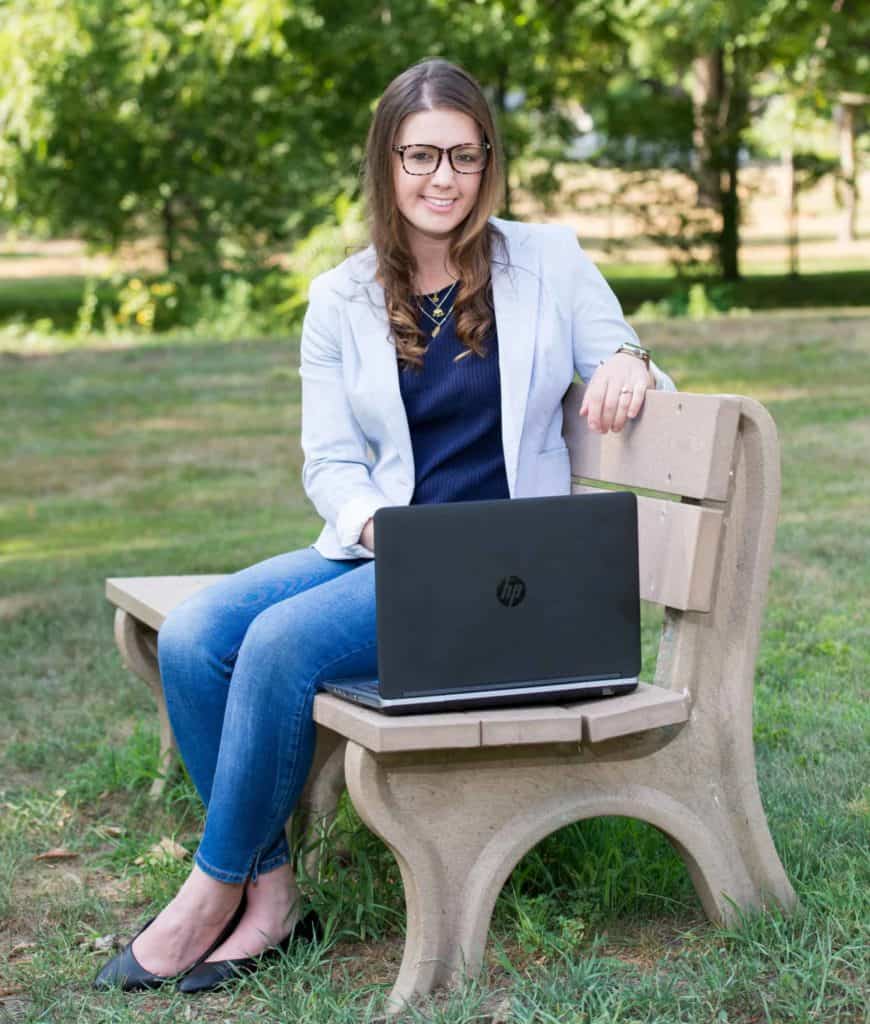When you decide it’s time to create a website for your small business, there’s a bit of work that must be done before you can start building. Whether you’re working alone or with a web designer, taking these steps before you start your project will ensure that you have a clear vision for your website, and that the final product meets your expectations.
Define your business goals and mission.
Why did you start this business? Who is your ideal client? Where do you see it growing or evolving in the next one, five, even ten years? What are your clients looking for, and what problems are you solving for them with your product or service? Who is your competition, and what do you offer that they don’t? All of these questions can help shape your “why”. By that, I mean knowing why you started this business, why you’re passionate about it, and why people should choose you over your competitor. You need to take a good look at these questions and answer them thoughtfully, otherwise it will be difficult to translate them into a visual space online.
Gather all the relevant information about your products and services, before starting on your website.
Even better, do your write-ups ahead of time, too. This includes your company’s biographical information, policies, terms and conditions, etc. The details you display on your website in text form are called copy, and there is an entire profession devoted to it. Investing in a copywriter might be a wise choice if you want your services to be presented in the best possible light. Many people elect to do this work themselves, which can go very well, but remember that your project might be delayed drastically if the copy is not ready before you start. And remember, a web designer can edit your copy, but they don’t know your product! Having strong, well written copy ready to go is imperative before you start any website build.
Brainstorm some ideas for your company branding.
If you already have a logo and branding guidelines, you may be ahead of the curve on this one. But if not, it’s very helpful to start a project with some colors, fonts, and even images picked out that appeal to you. If you’re working with a designer, this is the first information they will request. You don’t have to know exactly what you want, but having a general idea ahead of time will help ensure the final product matches what you’ve imagined.
Investigate hosting, content management systems, and designer options.
Chances are, you’re reading this because you’re considering investing in a professionally designed WordPress site. You can read all about the benefits of WordPress here. Although the software is free and the long term costs are lower than many other CMS platforms, there’s no way around the fact that custom web development is a big investment. Become familiar with some of the other options out there – knowing which is the right choice for you and your business will help you feel more confident in your decision.
Consider what a website can do for your business now, and what you might want it to do as your business grows. It’s also wise to consider hosting options. Do you want to manage the hosting of your website yourself, or outsource it with a hosting and maintenance plan? Will you have a lot of updates every month, or maybe just a few each quarter? Many of the small business owners I work with choose to outsource their website maintenance, which brings them a little extra peace-of-mind.
Although it’s important to do your research before starting a web design project, there’s a caveat if you’re working with a professional web designer. Once you’ve vetted out and selected your designer, it’s important to trust them. Your vision may not always align with web design best practices, and it’s important to keep open communication on both ends throughout the process so that your website is not only the best visual representation of your business, but is also designed with user experience and search engines in mind. For example, you might have several great product videos you want to add to your homepage, but this can delay page loading which causes a high bounce rate (people that click on your site and leave after only a few seconds because the page takes too long to load). If your web designer pushes back on any of your ideas, chances are there’s a good reason for it. It’s always good to ask questions and understand the process, but ultimately trusting their expertise will result in the best final product for you and your business.
As with any project, gathering your information ahead of time is the best way to ensure a successful build and a productive partnership if you decide to work with a web designer. The sooner you consider your preferences, the sooner you will have a flourishing website. If you gather and organize all of your company’s information, have an idea of your brand’s style, and investigate all your options, you’ll be ahead of the game when it comes to building time!






